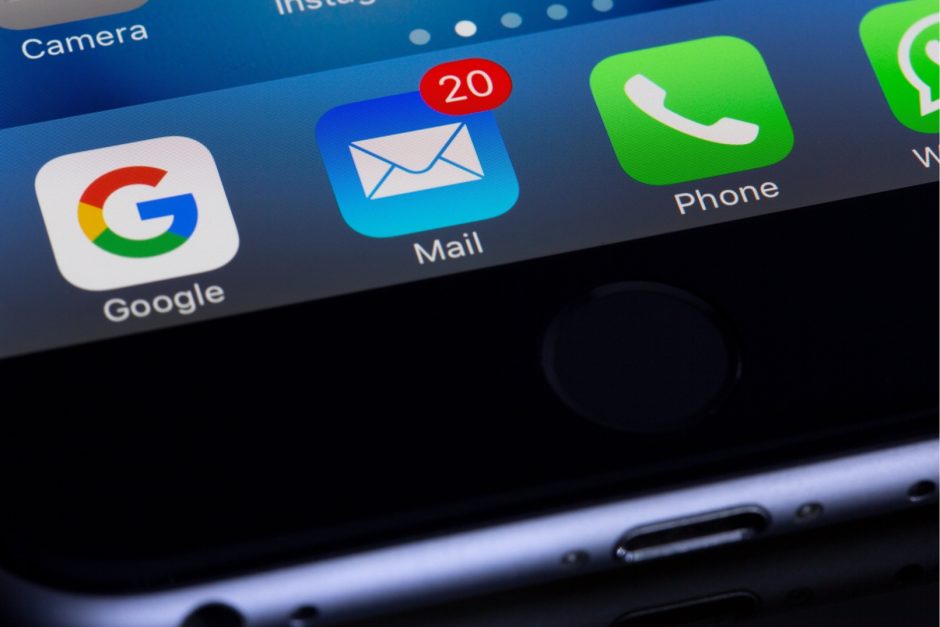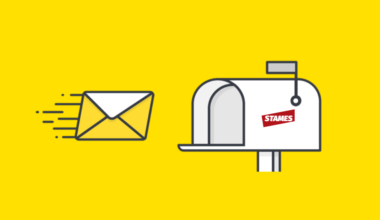Using email as the primary or sole channel for providing customer service has several drawbacks and is considered a bad practice in many situations. While email can be a useful tool for certain types of communication, it is not always the best choice for customer service due to the following reasons:
- Slower Response Times: Email is inherently asynchronous, meaning customers send an inquiry and have to wait for a response. This can result in slower response times, especially during high-traffic periods.
- Lack of Real-time Interaction: Email doesn’t support real-time, immediate interaction. If a customer has an urgent issue or a complex question that requires immediate assistance, email may not be the best choice.
- Limited Personalization: Email can feel impersonal, and it’s often difficult to create a personalized experience for customers, which is crucial for building strong customer relationships.
- Complex Queries: Complex customer inquiries may be challenging to address via email, leading to a back-and-forth exchange that can be time-consuming and frustrating for both customers and support agents.
- Potential for Miscommunication: Written communication can lead to misinterpretation, as tone and context can be challenging to convey through text. This can lead to misunderstandings and customer dissatisfaction.
- Inefficient for Urgent Issues: For critical or time-sensitive issues, such as technical problems or urgent support needs, email may not provide a fast enough response to resolve the problem satisfactorily.
- Lack of Immediate Feedback: Email lacks the immediate feedback loop that other communication channels offer. For example, it’s challenging to gauge customer sentiment during an email exchange.
- Volume Management: Managing a high volume of customer emails can be overwhelming for customer service teams, leading to delays and increased frustration among customers.
- Inefficient for Multichannel Communication: In a world where customers use various communication channels (e.g., social media, live chat, phone), relying solely on email can lead to a disjointed customer experience.
- Resource Intensive: Providing email support requires a dedicated team to manage, organize, and respond to emails, which can be resource-intensive.
While email can still be a valuable part of a multichannel customer service strategy, businesses are increasingly turning to more immediate and efficient communication channels such as live chat, social media, and phone support to address customer needs quickly and effectively. These channels offer real-time interaction, personalized experiences, and quicker issue resolution, which are crucial for delivering high-quality customer service.






